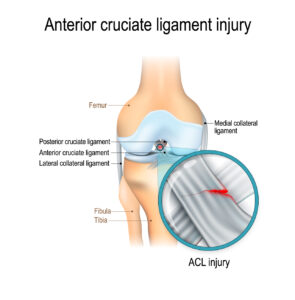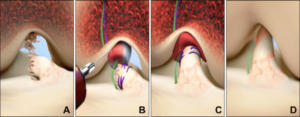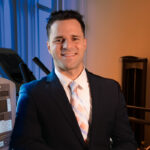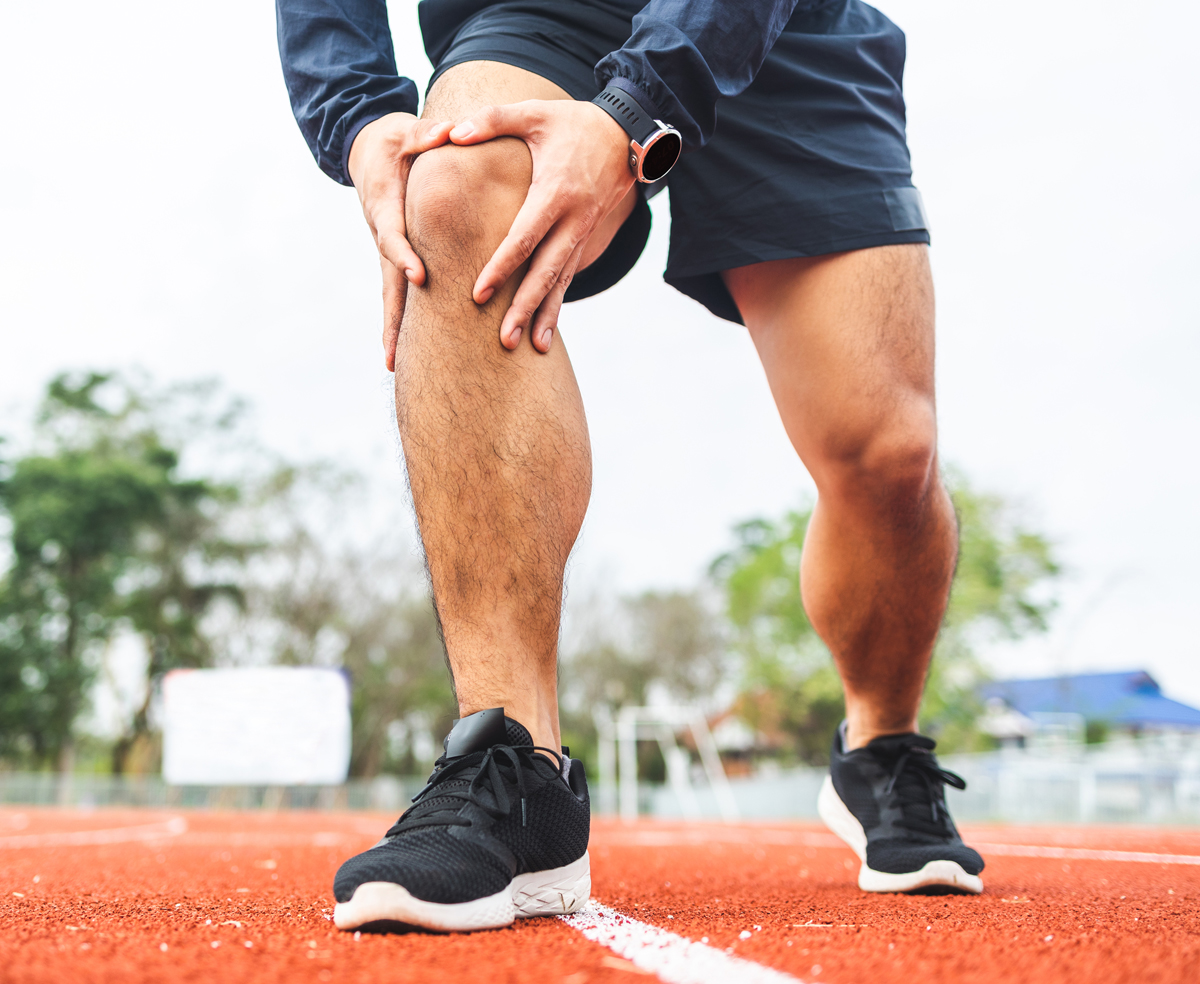By Dr. Adrian Lorenzo, PT, DPT ///
October is National Physical Therapy Month, a time to celebrate the many ways by which physical therapy can help us prevent, treat, and heal injury, reduce pain, and maintain our joy of healthy movement. For our blog this month, we’ll focus on a common knee injury that can affect athletes and non-athletes, at any age: the anterior cruciate ligament (ACL) tear. Physical therapists are trained to help individuals with ACL tears reduce pain and swelling, regain strength and movement, and return to desired activities.
 What is an ACL Tear?
What is an ACL Tear?
The ACL is one of the bands of ligaments connecting the thigh bone to the shin bone at the knee joint. It can tear if you:
• Twist your knee while keeping your foot planted on the ground.
• Stop suddenly while running.
• Suddenly shift your weight from one leg to the other.
• Jump and land on an extended (straightened) knee.
• Stretch the knee farther than its usual range of movement.
• Experience a direct hit to the knee.
Who gets it?
According to the American Physical Therapy Association, approximately 200,000 ACL injuries are diagnosed in the United States each year. Soccer players, basketball players, skiers, tennis players, and gymnasts are some of the athletes most commonly affected. Non-athletes can also experience an ACL tear due to injury or accident. Women are more likely than men to experience an ACL tear; possibly estrogen is implicated in this, but also the biomechanics that result from the way a woman’s body is constructed. Sorry, ladies!
What does it feel like?
When you tear the ACL, you may feel a sharp, intense pain or hear a loud “pop” or snap. You might not be able to walk on the injured leg because your knee joint can’t support your weight. Usually, the knee will swell immediately (within minutes to a few hours), and you might feel that your knee “gives way” or buckles when you walk or put weight on it.
 What is the treatment?
What is the treatment?
Most people who sustain an ACL tear will undergo surgery to repair the tear, and it’s worth noting that a new surgical technique, the BEAR implant, promises to promote the healing of your ligament. However, depending on the cause and extent of the tear and how active you want to be, you may be able to avoid surgery. Your Scerbo physical therapist, together with your surgeon, can help you determine if nonoperative treatment is a reasonable option for you.
Patients who do have ACL surgery will benefit from physical therapy both before and after the procedure. If you suspect you have an ACL tear injury, don’t wait for it to get worse — consult your Scerbo physical therapist for an assessment and treatment plan.
 Dr. Adrian Lorenzo, PT, DPT, received his Doctorate in Physical Therapy from Kean University. Adrian specializes in adult orthopedic/sports physical therapy with a strong interest in post-surgical rehabilitation. Call us today at (201) 941-2240 to make an appointment with Dr. Adrian Lorenzo, Clinic Manager at Scerbo Physical Therapy & Sports Rehabilitation.
Dr. Adrian Lorenzo, PT, DPT, received his Doctorate in Physical Therapy from Kean University. Adrian specializes in adult orthopedic/sports physical therapy with a strong interest in post-surgical rehabilitation. Call us today at (201) 941-2240 to make an appointment with Dr. Adrian Lorenzo, Clinic Manager at Scerbo Physical Therapy & Sports Rehabilitation.

